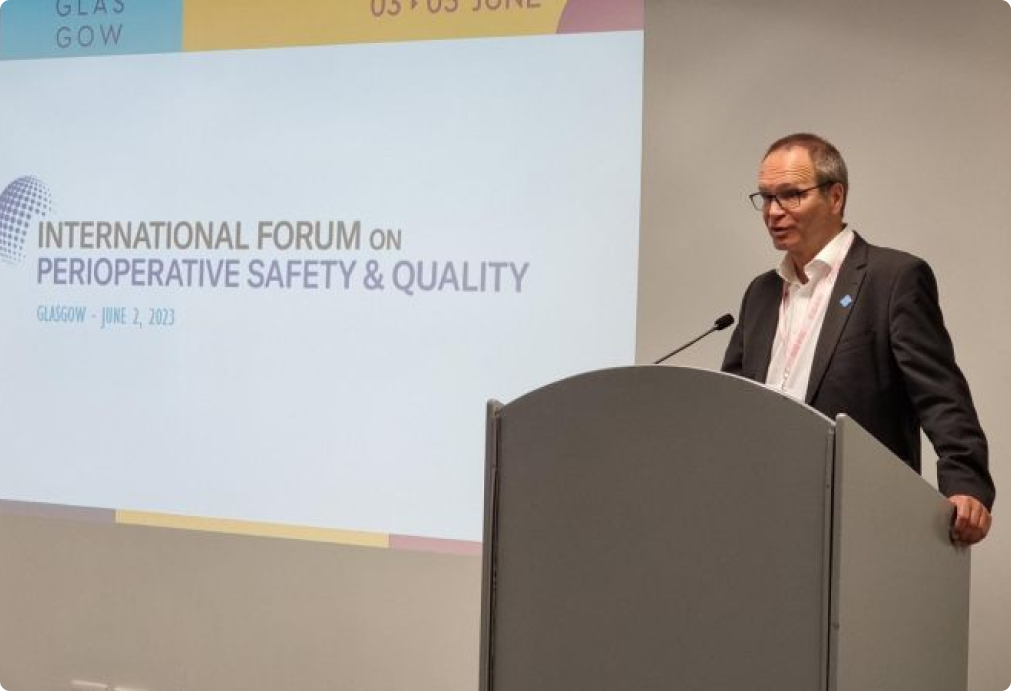International Forum on
Perioperative Safety and Quality
The International Forum on Perioperative Safety and Quality is a joint initiative between the European Society of Anaesthesiology and Intensive Care and the American Society of Anesthesiologists. The first edition of the ISQ was held in Boston in 2017.

Advance the health of
individuals and
populations
Both societies recognised the need for a dedicated forum aimed at increasing the availability of safety concepts and how to implement them into routine practice, especially with a focus on quality and practice improvement along the entire perioperative pathway
The two societies host this forum at both the ASA’s Anesthesiology Annual Meeting and ESAIC’s Euroanaesthesia Meeting, respectively. Working groups of both societies jointly plan the scientific programme.
Both the ESAIC and the ASA believe that collaborative efforts are needed for maintaining awareness of patient safety and quality issues on an international level, and for creating robust overarching frameworks for the practical implementation of safety and quality policies in the perioperative setting. A global meeting based on international views of patient safety and quality may also be useful for highlighting global safety and quality issues beyond the horizon of high-income countries.







